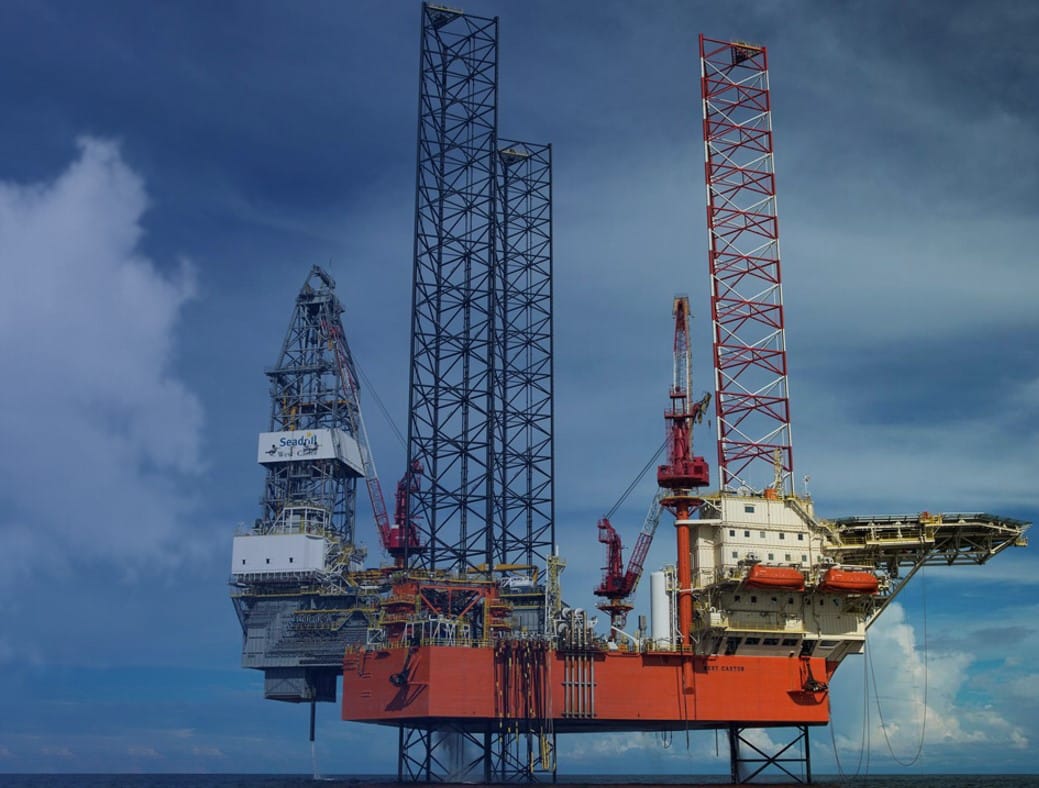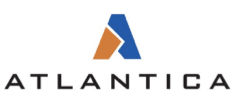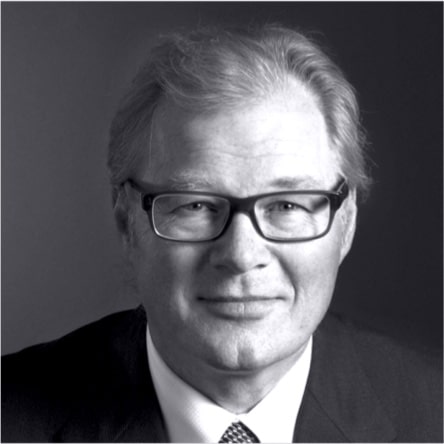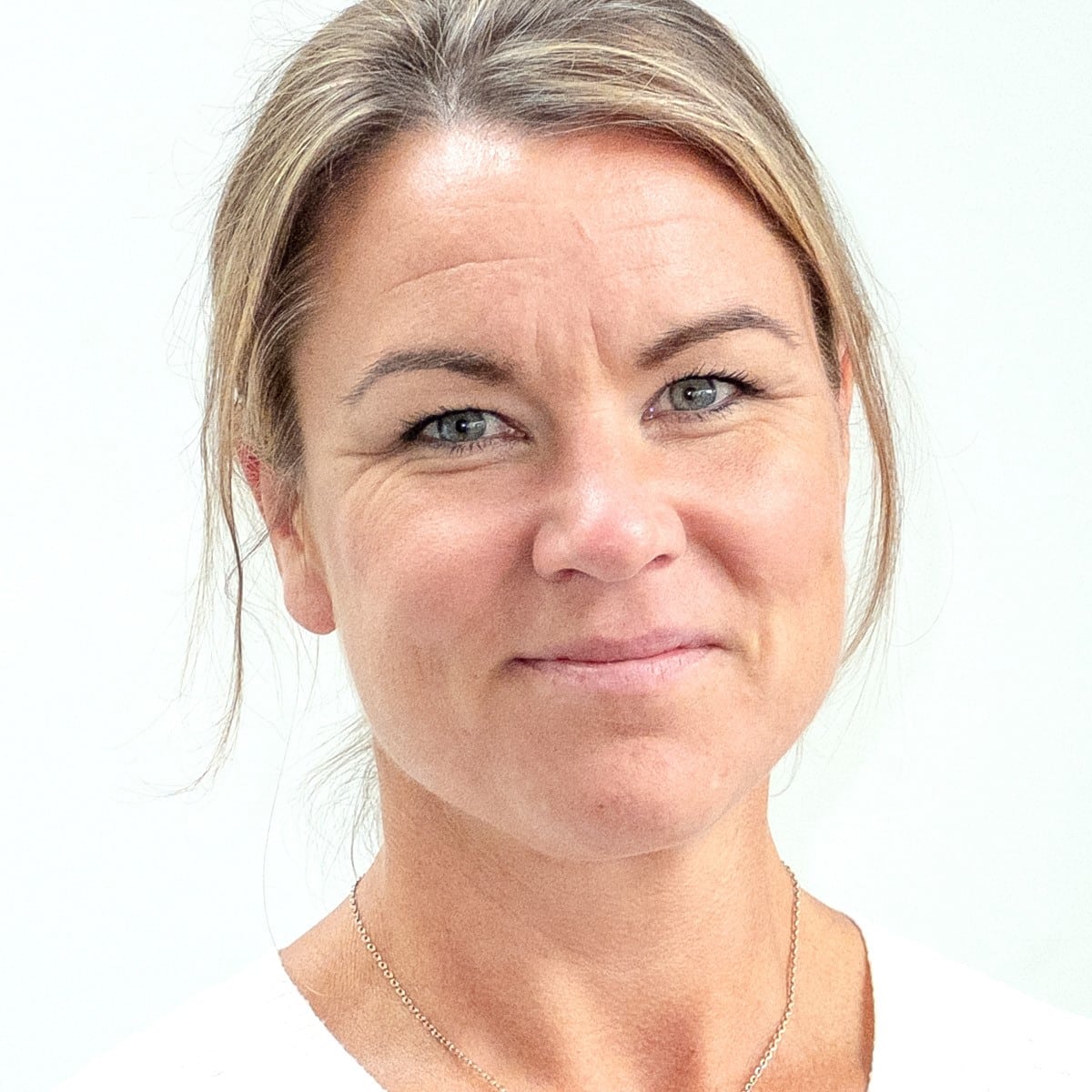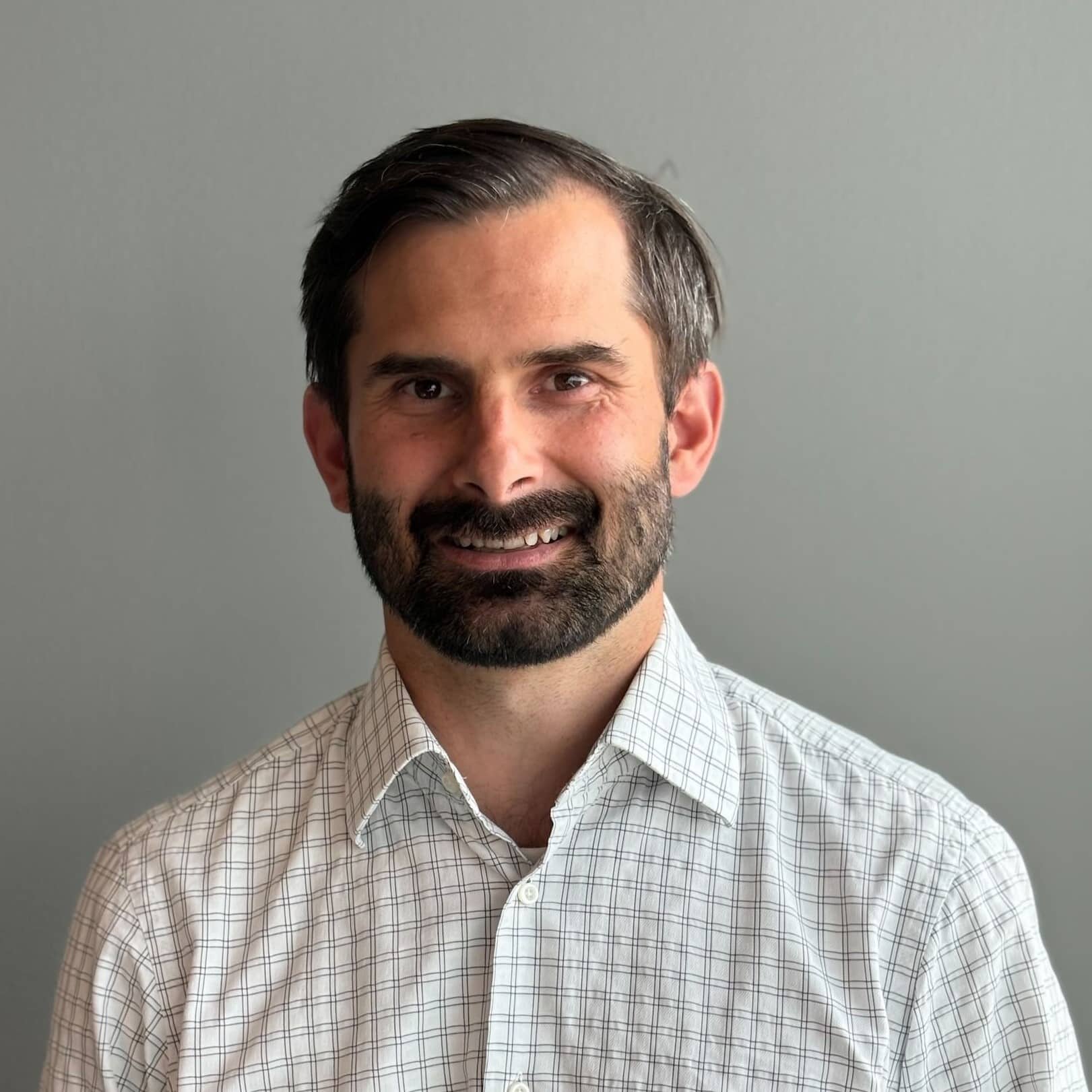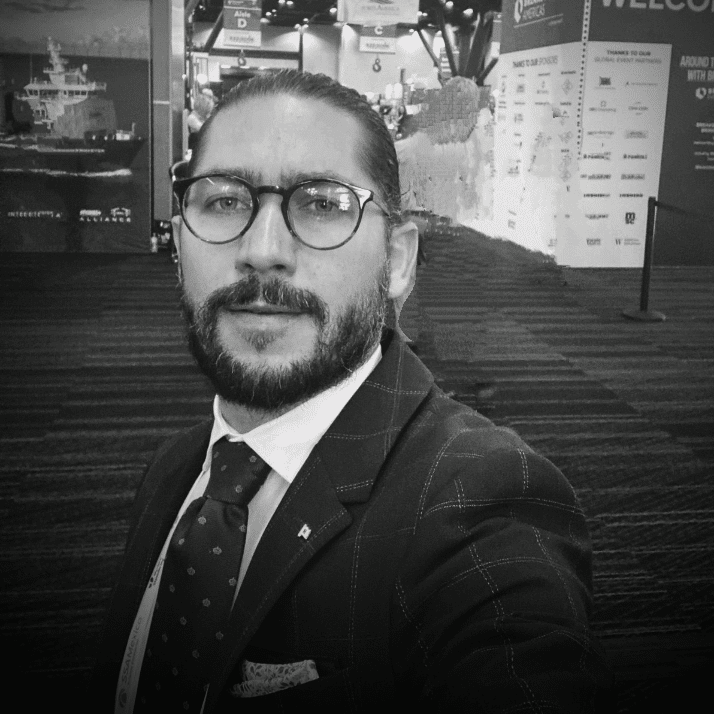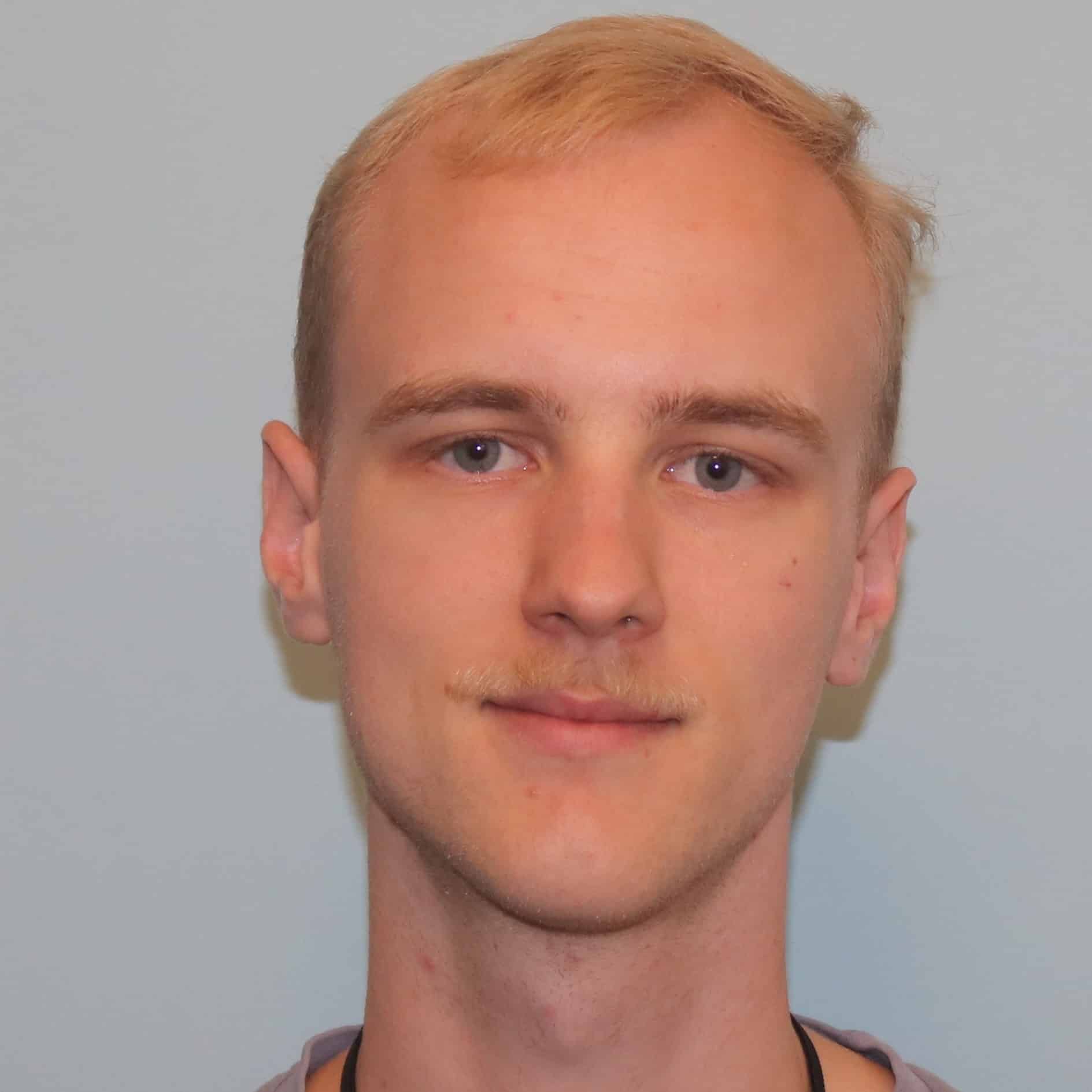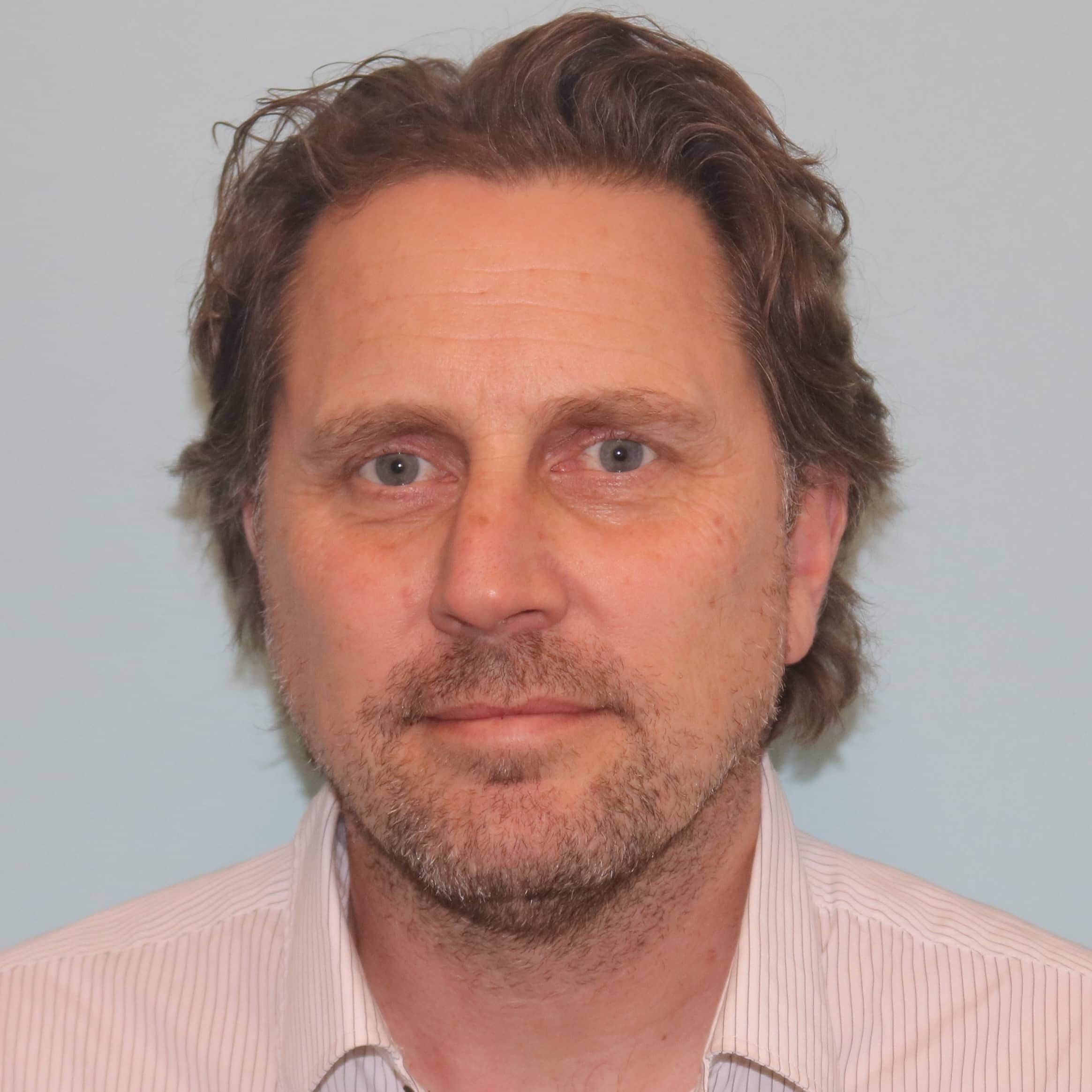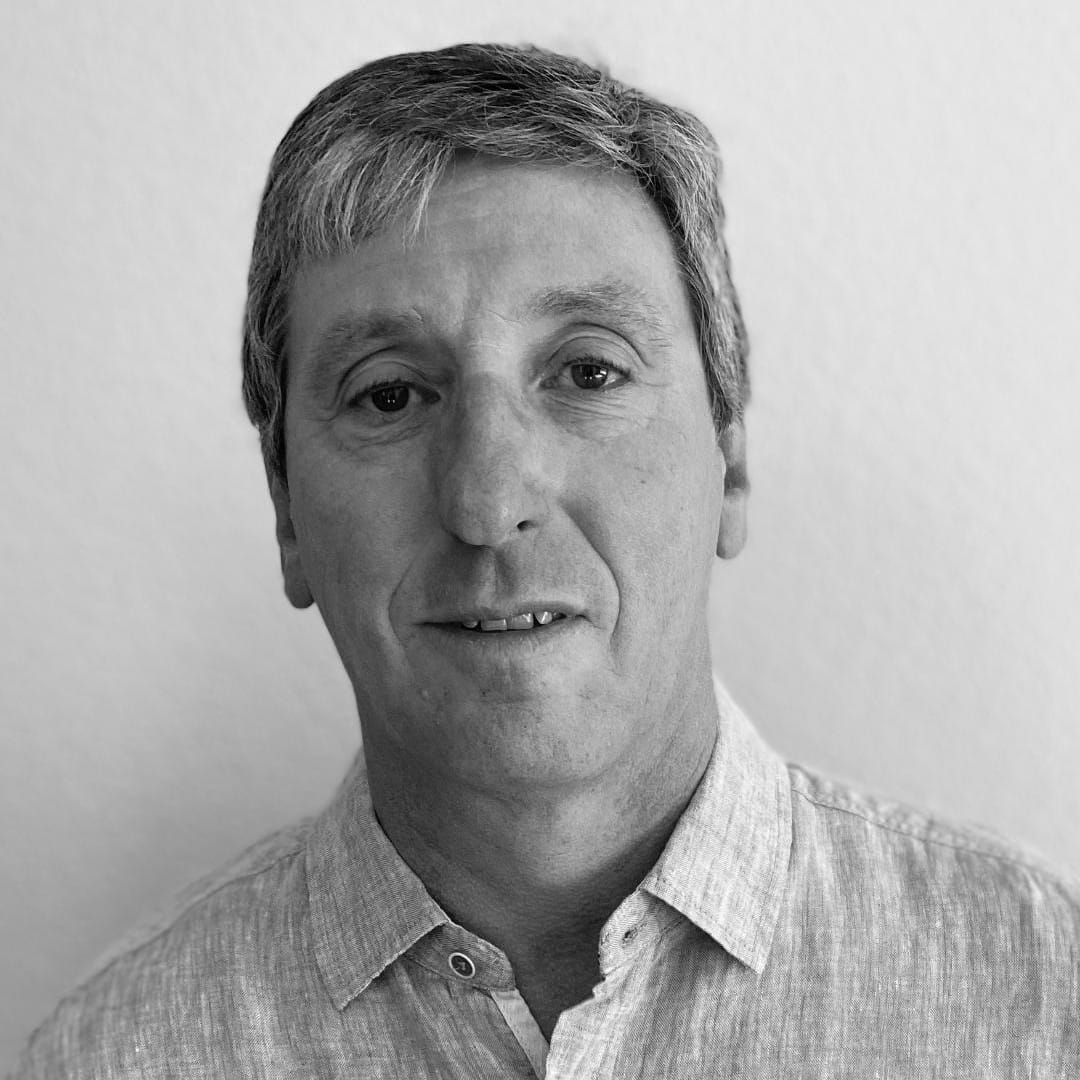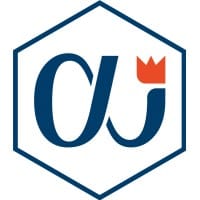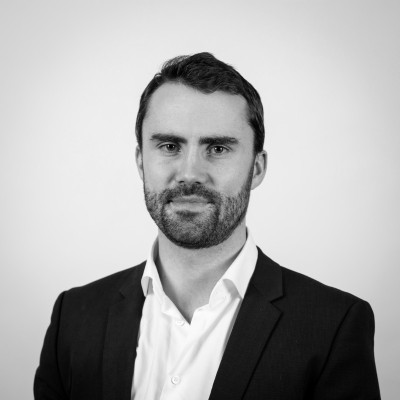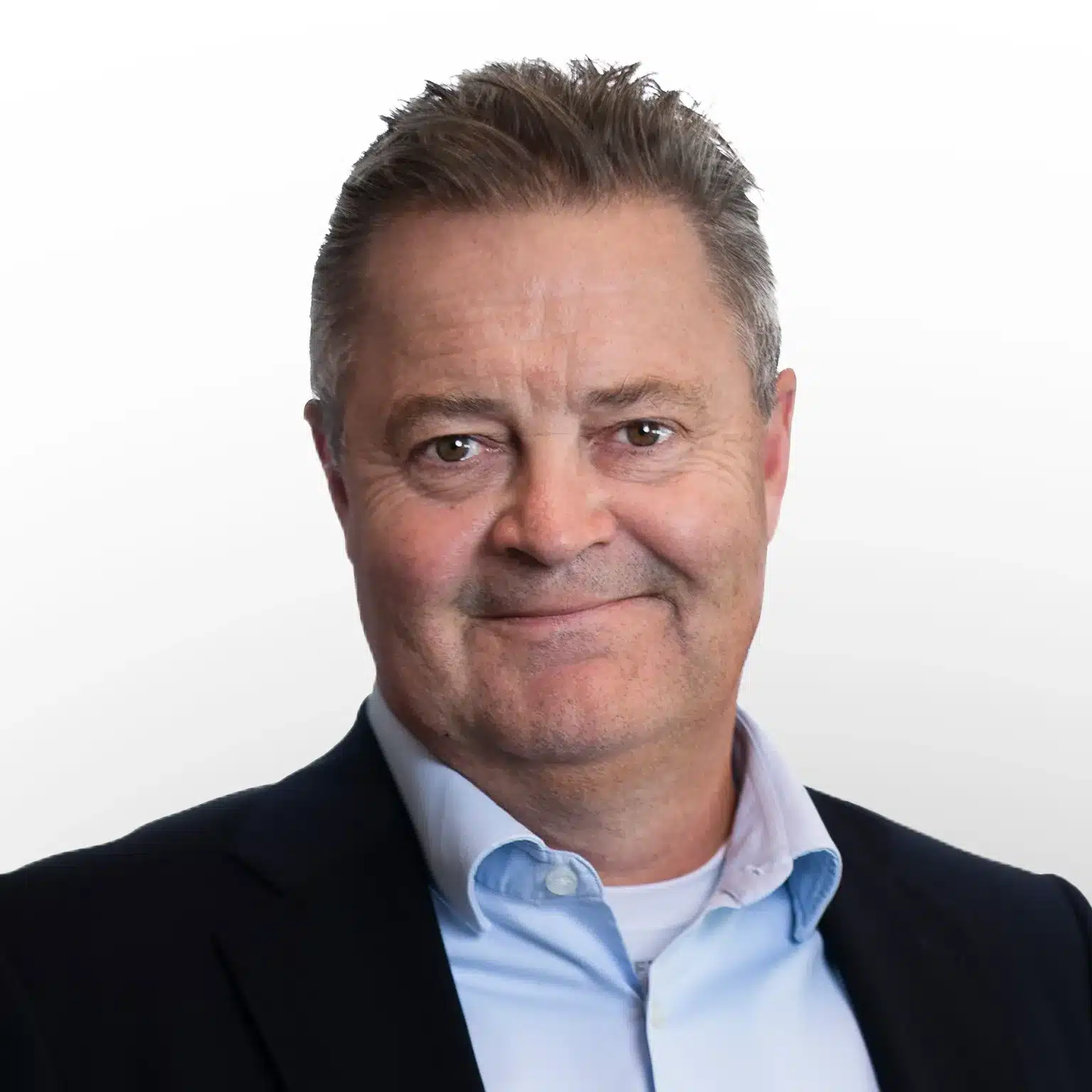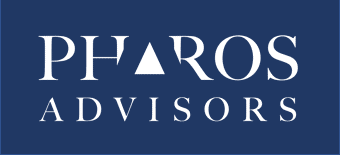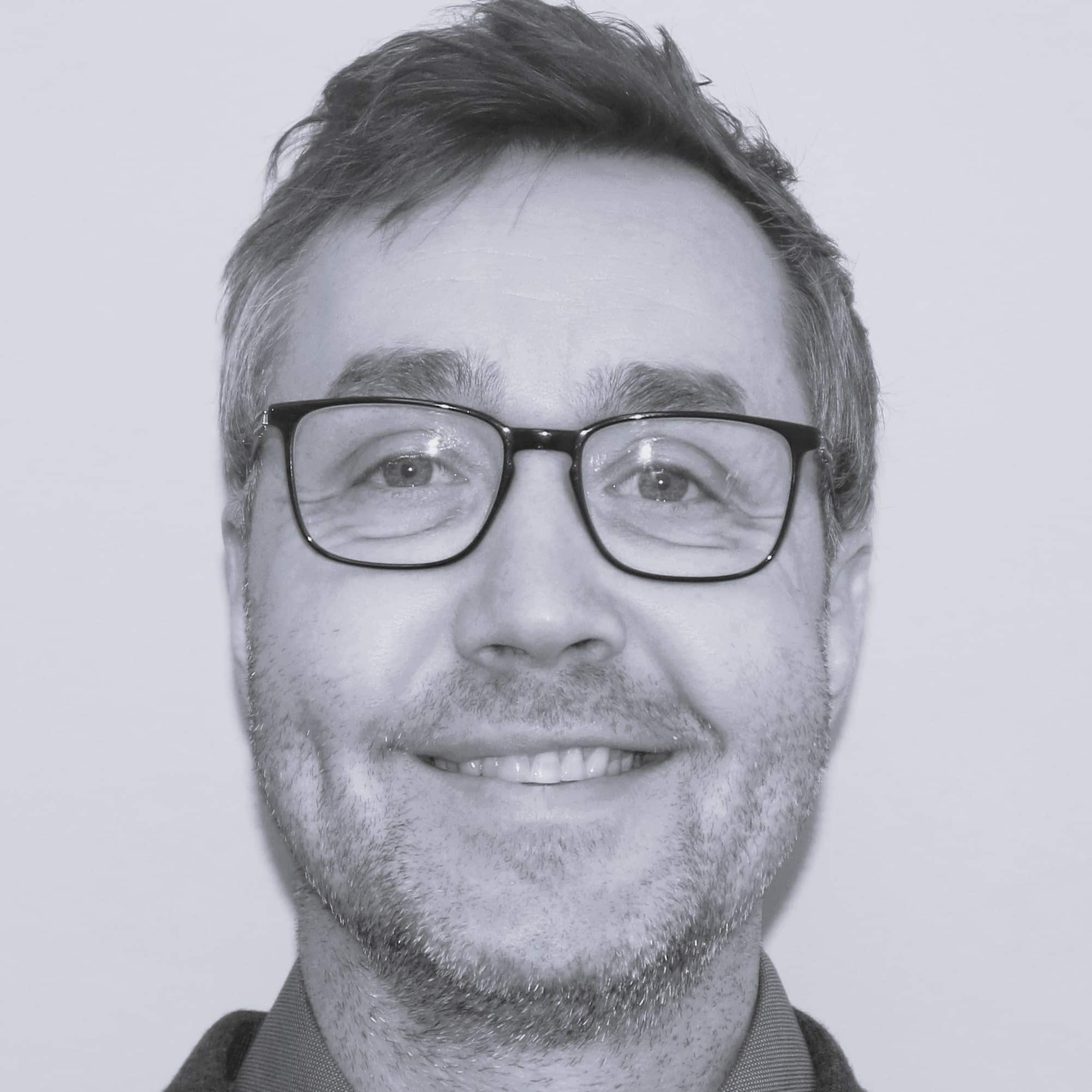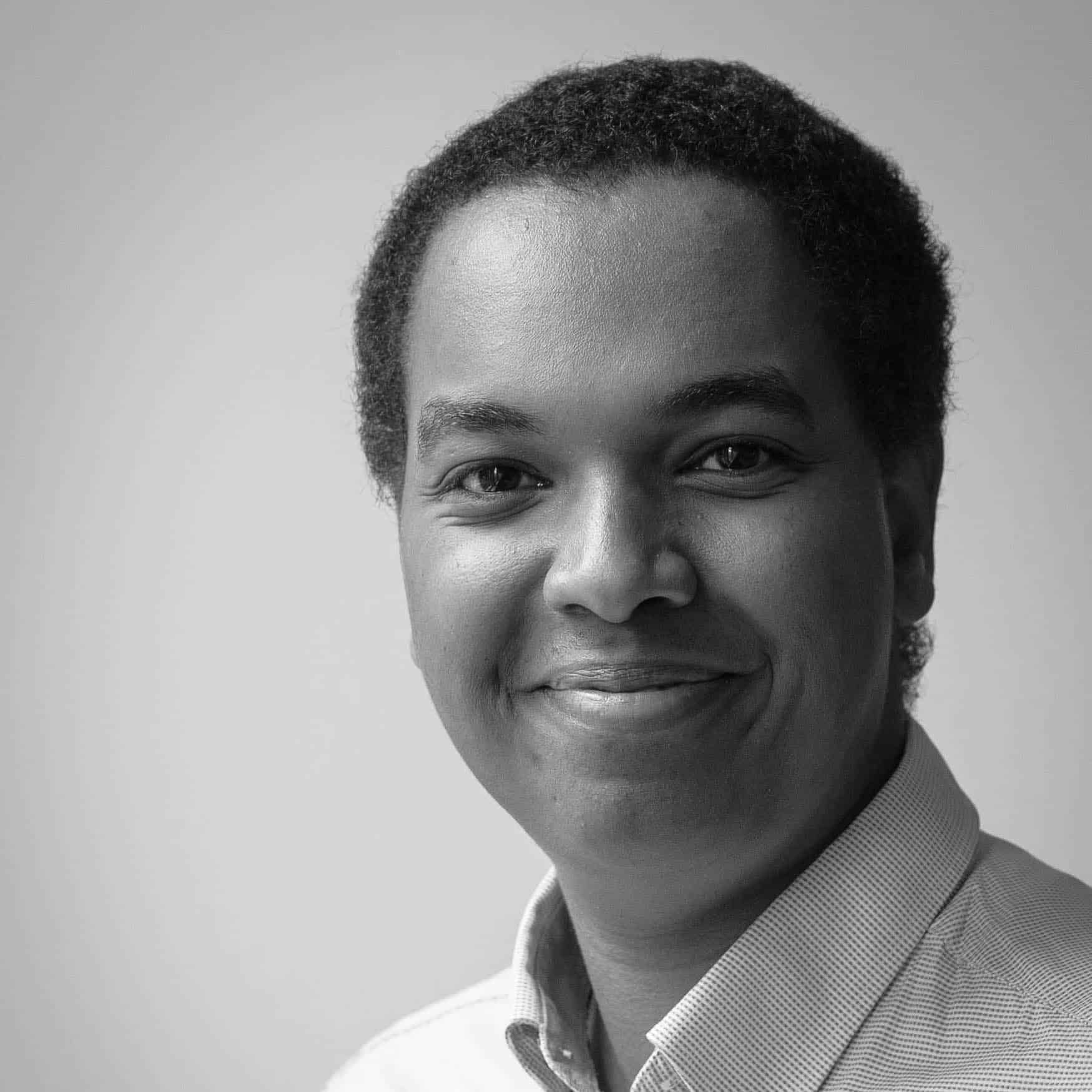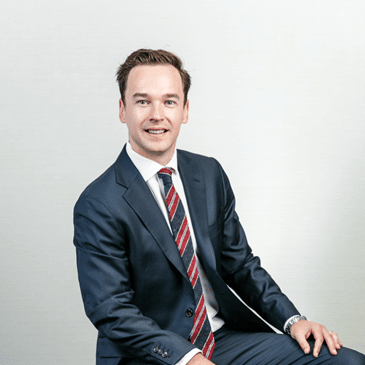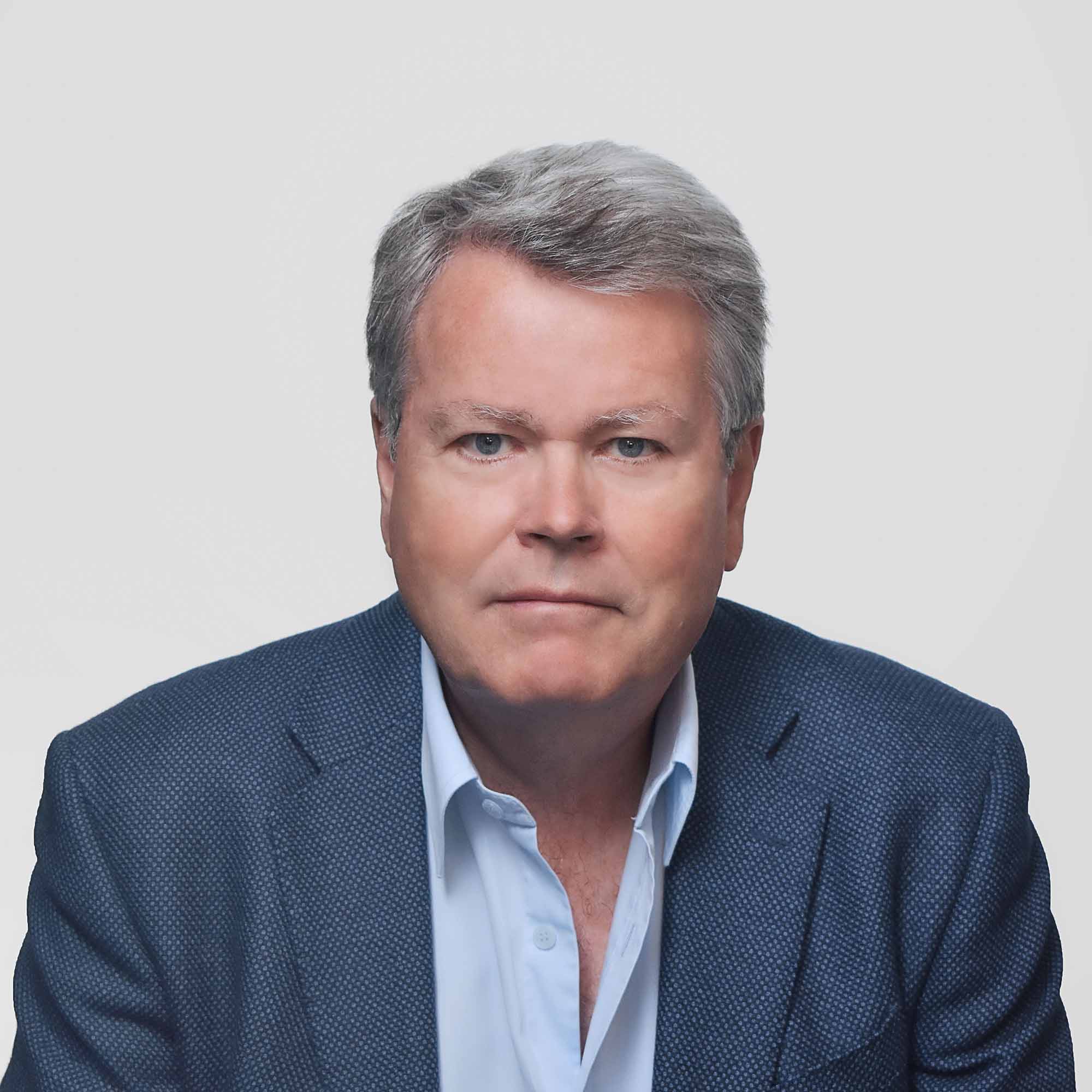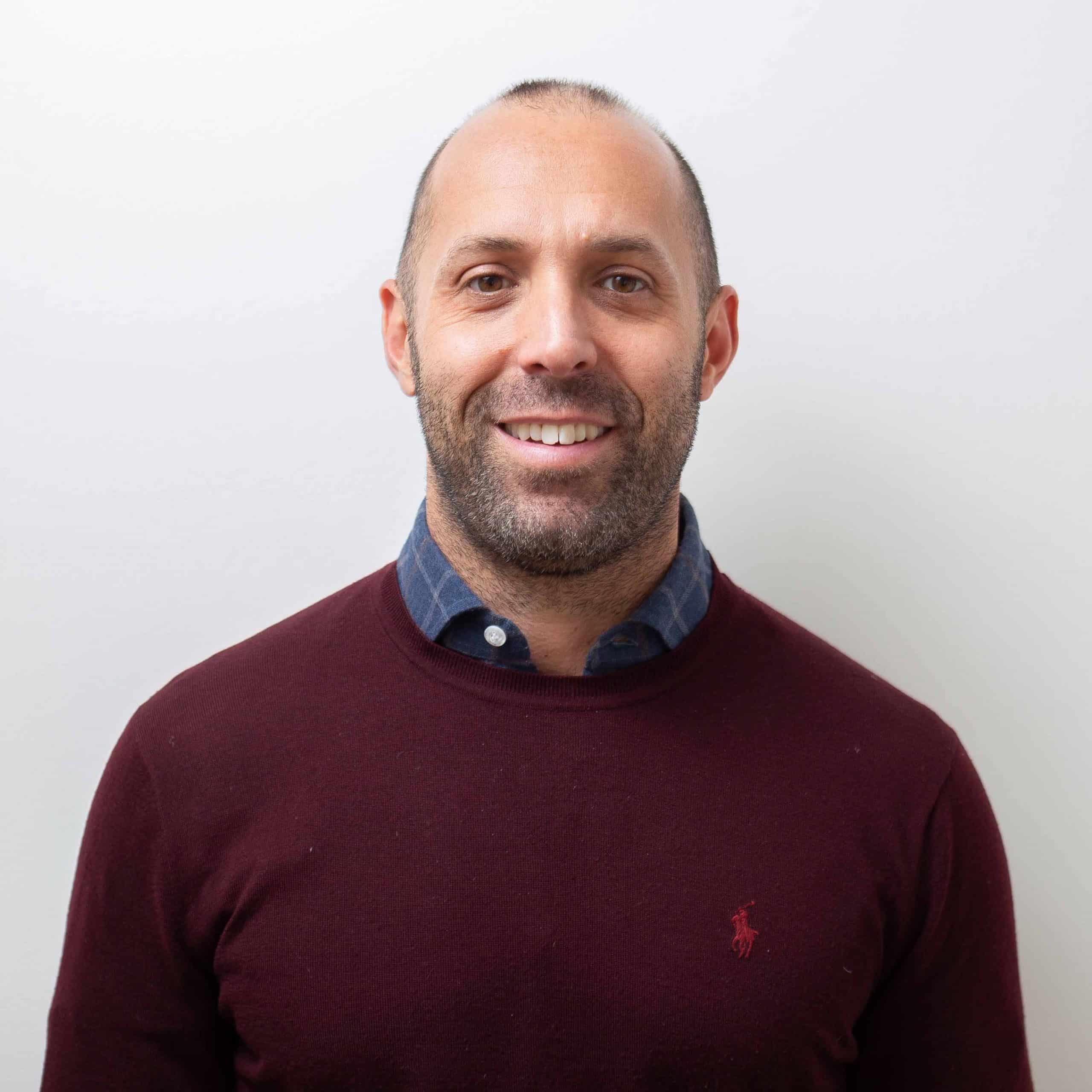This week, new floater contracts have been scarce, while updates on Saudi suspensions continue to dominate the jackup market. Meanwhile, new discoveries have been confirmed in Indonesia, Angola, and Suriname.
In case you missed it, you can access our previous Rig Market Roundup here.
Contracts
Drilling contractor Arabian Drilling confirmed that the suspension of three contracts for its jackups with Saudi Aramco have yet to be finalised but are expected to take effect towards the end of the third quarter of 2024. CEO Ghassan Mirdad stated that the company is actively exploring opportunities to redeploy these rigs with other clients. Arabian Drilling announced in April that it was in discussions with Saudi Aramco for contract suspensions of up to 12 months for three of its jackups. Arabian Drilling is one of several drilling contractors affected by Aramco’s recent decision to suspend 22 jackup contracts as the Saudi Arabian state oil company cuts back on a planned expansion of capacity. Arabian Drilling reported 100% utilisation for its offshore rig fleet during the first quarter of 2024. The company has 11 jackups, 9 of which are currently working for Aramco and 2 working for Al-Khafji Joint Operations.
Drilling contractor ADES has signed a firm jackup rig contract with Thailand’s PTTEP, following a letter of intent announced in March. ADES confirmed Tuesday that the contract, signed on 13 May, was firm for 18 months, with a 9-month extension option for one of its jackup rigs to be deployed in Thailand. The contract is worth SAR 354 million (around $94.4 million), including the firm and optional period, and mobilisation, and is expected to start in the second half of 2024. ADES did not say which rig exactly it would deploy, however, it is understood that the 2013-built 400-ft Admarine 502 appears to be the selected rig for this contract. As previously reported, the contract marks ADES’ entry into Thailand and follows the company’s expansion into Indonesia with a three-year contract for the 375-ft Emerald Driller fixed in November 2023. Loaded onboard a heavy lift vessel, Emerald Driller left Qatar on Sunday. It is expected to reach Indonesia by the end of May.
Shelf Drilling has confirmed that the 350-ft jackup Shelf Drilling Achiever, the 375-ft Shelf Drilling Victory, and the 300-ft Main Pass I and Main Pass IV were its units that received notices of suspension from Saudi Aramco in April. As of May 2024, all four units have commenced their suspension periods, which can last for up to 12 months. During the suspension period, Shelf Drilling has the right to market the rigs to other customers and to terminate the applicable contracts. Shelf Drilling reported at the beginning of April that it had received notices of suspension for four units. The Shelf Drilling Achiever and the Shelf Drilling Victory began their suspensions in April 2024, while the Main Pass I and Main Pass IV began their suspensions in May 2024. Shelf Drilling has confirmed that it is actively marketing Shelf Drilling Achiever, Shelf Drilling Victory and Main Pass IV for other work, while Main Pass I is currently stacked in Saudi Arabia. Saudi Aramco is suspending 22 jackup contracts. Alongside Shelf Drilling, jackups managed by ADES, Arabian Drilling, ARO Drilling, Borr Drilling, COSL, Egyptian Drilling, and Saipem have also been affected. Shelf Drilling CEO David Mullen stated, “The decision by Saudi Aramco to suspend 22 jackup rig contracts has created some near-term uncertainty in our sector. However, the underlying market fundamentals remain strong with a robust oil market backdrop and incremental rig demand in nearly all other regions around the world. We are actively marketing 3 of our 4 suspended jackups and are confident we will have these rigs back in operation before the end of 2024 at attractive dayrate and margin levels.”
Diamond Offshore Drilling has secured a two-year contract extension with Occidental subsidiary Anadarko Petroleum Corporation in the US GOM for the 12,000-ft drillship Ocean BlackHawk. The extension begins in November 2024 in direct continuation of the rig’s current contract and replaces a one-year priced option agreed to in May 2023. Anadarko retains three one-year unpriced options for the rig. Diamond valued the new two-year extension at $350 million in additional backlog, excluding any managed pressure drilling services, putting the dayrate for the new extension at around $480,000. By comparison, the rig’s current dayrate is around $420,000. Diamond Offshore President and CEO Bernie Wolford, Jr. commented that the new award brings the company’s contract backlog to around $2.1 billion. The Ocean BlackHawk started work for Oxy / Anadarko in November 2023. The rig was recently used to spud the Ocotillo well, which will be followed by the Orange exploration well.
Drilling Activity and Discoveries
Mubadala Energy has announced another significant gas discovery in the South Andaman block in Indonesia. The company said Monday it had found gas while drilling the Tangkulo-1 exploration well, drilled about 65 kilometres offshore North Sumatra, Indonesia. “With potential for over 2 TCF of gas-in-place, this positions the Andaman area as one of the world’s most important gas plays,” Mubadala said. Mubadala used Seadrill’s 2008-built 10,000-ft West Capella drillship to drill the well. The well is located in a water depth of 3937 feet and was drilled to a depth of 11155 feet. Back in December 2023, Mubadala Energy said it had made a gas discovery at the Layaran offshore well with a potential for over 6-TCF of gas-in-place and for multi-TCF expansion within the broader structure. Mubadala is the operator of South Andaman with an 80% stake, with Harbour Energy holding a 20% stake. As for the West Capella, the drillship will now move to appraise the Layaran discovery, marking the final well of this exploration and appraisal campaign.
The Norwegian Ocean Industry Authority (Havtil) has given PGNiG Upstream Norway consent for exploration drilling in the Norwegian Sea. The consent relates to drilling operations on the Tomcat 6305/10-1 well, which is located in production licence PL 1055. The licence is operated by PGNiG with Shell participating as a partner. The water depth at the site is 367 meters. The well will be drilled with the Odfjell Drilling-managed 3,900-ft semisub Deepsea Yantai. The contract for this well was fixed in January 2023. The rig is currently in the North Sea at the Cerisa well location in PL 636, which is operated by Vår Energi following the Neptune Energy acquisition.
The Norwegian Ocean Industry Authority (Havtil) has given Aker BP consent for exploration drilling in the Norwegian Sea. The consent is related to drilling operations on the Storjo West 6507/2-7 S well located in production licence PL 261, which is operated by Aker BP with Wintershall Dea Norge participating as a partner. The water depth at the site is 340 meters. The well will be drilled with Odfjell Drilling’s 6,560-ft semisub Deepsea Nordkapp, which is under a long-term contract with Aker BP. The rig is firm with the Norwegian operator until 2027 with further options thereafter.
ExxonMobil has discovered hydrocarbons at the Likembe-01 well on Block 15 offshore Angola. The well in the Kizomba B development area was drilled between February and April 2024, and the discovery confirmed in mid-May 2024 by Angola’s national oil, gas and biofuels agency (ANPG). The well is located in water depths of 1,200 m (3,973 ft), and was drilled to a final depth of 3,013 m (9,885 ft). ExxonMobil has been drilling offshore Angola with Valaris 12,000-ft drillship Valaris DS-9 since July 2022. The rig, subject to all available options being executed, could stay with ExxonMobil in Angola until mid-2026. ANPG said that the well was the first one drilled under the preliminary agreements of the Incremental Production Project, which aims to provide incentives to investors to produce additional volumes from currently producing concessions in Angola. In a separate statement, ANPG said it had recently signed an agreement with ExxonMobil, as the operator of Block 15, for the recovery of additional exploration costs.
Petronas has made a new discovery in Block 52 offshore Suriname with the Fusaea-1 exploration well. This is the operator’s third discovery in the block. Fusaea-1 was spudded in February 2024 to a total depth of 5,227 metres, with the 12,000-ft drillship Noble Voyager. Further evaluation is being undertaken to determine the full extent of this discovery and its potential integrated development with the Sloanea-1 discovery made in 2020, and the Roystonea-1 discovery in 2023, within the same block. Petronas is the operator of Block 52 with a 50% participating interest, together with ExxonMobil. The company also operates Block 48 and Block 63 with 100% interest and has a 30% stake in Block 64.
Demand
Partner Harbour Energy said that front end engineering design (FEED) for the Zama project offshore Mexico will begin shortly, with contractor bids being evaluated. This will be followed by a potential final investment decision. The Zama field is located in shallow waters of Block 7 in the Sureste Basin. Under a development plan submitted in 2023, two offshore platforms will be installed at Zama and 46 wells drilled, with production transported to shore via two pipelines and processed at dedicated facilities. Zama has estimated gross recoverable resources of 600 to 800 million barrels of oil equivalent and is projected to produce up to 180,000 b/d of oil at its peak. Mexican state oil company PEMEX is the operator of Zama with a 50.43% interest. Former operator Talos Energy has a 17.35% interest and recently divested a 49.9% equity interest in its subsidiary Talos Energy Mexico 7, S. de R.L. de C.V to Zamajal, S.A. de C.V, a wholly owned subsidiary of Grupo Carso. Wintershall Dea has a 19.83% interest and Harbour Energy has a 12.4% interest. Harbour Energy has an agreement to acquire the majority of Wintershall Dea’s upstream assets, including its holdings in Mexico, with the closing set for the fourth quarter of 2024.
Oil and Natural Gas Corporation Limited (ONGC) has cancelled its tender to contract three HPHT jackups for three years. After several rounds of commercial negotiations with the lowest bidder, Jagson, ONGC has cancelled its HPHT tender. The scope was for three years for drilling exploratory/development operations off the West Coast of India. Market sources indicate that the reason for the cancellation is Jagson’s withdrawal of the bid validity period. The operator also has a tender for four jackups for three years against incumbent rigs, with an estimated starting date in Q4 2024.
The Indonesian energy ministry has launched an oil and gas bidding round, offering five working areas, in its push to boost exploration and production to meet the country’s energy needs. It has also signed two Production Sharing Contracts. The working areas on offer are Pesut Mahakam (onshore), Panai (onshore and offshore), and Central Andaman (offshore), Amanah (onshore), Melati (onshore and offshore). For the Pesut Mahakam and Panai Working Areas, participation documents need to be submitted by 11 September 2024, while the participation documentation for the three remaining areas needs to be submitted by June 28. Separately, the ministry on Tuesday signed production sharing contracts for the Bobara and Ketapang working areas. Malaysia’s Petronas has signed a Production Sharing Contract (PSC) for the Bobara Working Area located at the offshore of West Papua, Eastern Indonesia, and through its subsidiaries and partners, for the Ketapang working area. According to the Indonesian energy ministry, the PSCs bring total exploration commitments of nearly $97 million. The Bobara PSC commitment comes with G&G studies and 2,000 Km2 of high resolution 3D seismic survey; with a total investment of $16,920,000 and a signing bonus of $50,000. The Ketapang PSC commitment includes drilling of two exploration wells with a total investment of $80 million and a signing bonus of one million U.S. dollars.
Mobilisation/Rig Moves
Odfjell Drilling-managed 10,000-ft semisubmersible Hercules is moving out of Namibian waters, ahead of an expected return to Canada to drill for Equinor. The Hercules, which is owned by SFL Corporation, recently completed an exploration drilling campaign for Galp on PEL83 offshore Namibia. This campaign resulted in the Mopane discovery. Hercules is currently en route to Las Palmas in the Canary Islands, after which the rig is expected to begin the next stage of its journey to Canada. Equinor will use the harsh environment semisubmersible for an exploration well at the Sitka prospect in the Flemish Basin. Equinor also has the option for an additional well. Several floating rigs have left Namibia recently after the conclusion of successful drilling campaigns. The 12,000-ft drillship Tungsten Explorer and the 10,000-ft semisub Deepsea Mira, both working for TotalEnergies, are relocating to the Congo. The 7,500-ft Deepsea Bollsta, which has been working for Shell, is expected to leave to undergo its special period survey in the near future. However, Noble 12,000-ft drillship Noble Venturer will move to Namibia in the fourth quarter of 2024 for a contract with Rhino Resources.
ADES’ 375-ft jackup Emerald Driller left Qatar on Sunday, 12 May, and is now on its way to Indonesia. Following the recent completion of its contract with TotalEnergies in Qatar, the jackup rig was loaded onto a heavy lift vessel and is now en route to Indonesia to start a long-term contract with Pertamina. The rig is being dry towed by the COSCO heavy lift vessel Xiang Rui Kou that has just passed the Hormuz Strait and is sailing through the Gulf of Oman. The vessel is expected to arrive at its destination in Indonesia on 26 May. Once in Indonesia, the rig will start its 3-year firm contract with Pertamina Drilling Services Indonesia (PDSI) in Region 2, Java Sea. Pertamina has an option to extend the contract by two more years.
Borr Drilling 400-ft jackup Arabia I has been mobilised to Bahrain’s Arab Shipbuilding and Repair Yard Company (ASRY). The rig is currently on contract suspension for up to 12 months, after the announcement of Borr Drilling on 4 April 2024. During the suspension period, Borr Drilling intends to seek alternative engagement for the rig.
Diamond Offshore’s 3,000-ft semisub Ocean Patriot has completed its contract with Serica Energy in the UK sector of the North Sea. It is now demobilising to Cromarty Firth, where it will likely remain idle for the rest of the year amid uncertainties in the UK North Sea market. As a reminder, the rig secured the contract with Serica in February 2024 and started it after mobilising from Cromarty Firth in early March 2024. After about 70 days of operations, it is now returning to Cromarty Firth where it is expected to arrive on Wednesday, 15 May 2024, and likely remain idle for the rest of the year as opportunities for additional work this year have not materialised. In a recent Q1 2024 earnings call, Diamond executives stated that, while demand for floating rigs across the Golden Triangle remained strong, the UK sector of the North Sea has been more volatile as some operators are deferring decisions for specific programmes due to concerns brought about by the extension of the Energy Profits Levy (EPL) and anticipated national elections. Some of these deferred programmes were 2024 opportunities for the Ocean Patriot. As a result, it is now likely that the Ocean Patriot will be idle following the completion of the Serica contract until late this year or early next when it starts its three-year firm P&A campaign with TAQA. Meanwhile, Diamond’s other UK semisub, the 10,000-ft Ocean Endeavor, is expected to complete its current contract with Shell in late 2024. After that, the rig owner expects 45 days out of service time for BOP recertification starting in early December. As demand in the region ticks up in 2025, Diamond remains optimistic about additional work for Ocean Endeavor following the current campaign, pursuing four opportunities both in and outside the UK. Regarding pricing, Diamond executives said it would be adjusted in line with the term, as the rig owner would prefer term over ultimate short-term pricing power.
The Odfjell Technology-managed 450-ft jackup Linus has demobilised from its offshore location at the Eldfisk Sierra field in the Norwegian North Sea to a yard in Norway for its special periodic survey (SPS) work. The SFL Corporation-owned jackup is under a long-term contract with ConocoPhillips in Norway. As previously reported, Linus is due to undergo its 10-year SPS with an estimated net capital expenditure of approximately $30 million in Q2 2024. The rig arrived in Hanøytangen, Norway, on Tuesday, 14 May 2024. In connection with the SPS, the rig owner expects it to be off-hire for approximately five weeks. During the first quarter of 2024, SFL’s revenues from the rig were $19.6 million compared to $19 million in the previous quarter.
Seadrill 12,000-ft semisubmersible Sevan Louisiana has commenced a contract for well intervention work with Walter Oil & Gas in the US Gulf of Mexico. The contract has an estimated duration of 45 days. The Sevan Louisiana is currently the only active semisubmersible in the US GOM. It completed its previous job with Talos in the US GOM in late December 2023, then underwent its 10-year special periodic survey in the first quarter of 2024.
Shelf Drilling 300-ft jackup Trident VIII suffered structural damage in April 2024 while working for Chevron offshore Nigeria. The rig is now out of service while Shelf Drilling develops a remediation plan. Trident VII began a one-year contract with Chevron in August 2023. The Modec 300-C35 design unit was moved inshore to a location in the Lagos area in early May 2024.
Rig Sales
Seadrill has agreed to sell three jackup rigs and its 50% stake in the joint venture that operates these rigs offshore Qatar to its joint venture partner Gulf Drilling International (GDI) for $338 million. The rigs in question are the 400-ft rated West Castor, West Telesto, and West Tucana. This transaction is contingent on certain conditions, including non-objection or approval of the Qatar Financial Centre Authority and the approval of shareholders of GDI’s parent company. Expected to close early in the third quarter of 2024, the divestiture aligns with Seadrill’s efforts to strengthen and simplify its business and focus on operating deepwater rigs across the Golden Triangle and similarly “advantaged” geographies. The sale price is at the lower end of the Esgian Rig Values range of $338 million – $374 million for the three rigs, with a $113 million – $125 million range per rig. Esgian Rig Analytics shows that the West Telesto and West Castor are currently under contract with QatarEnergy LNG until June 2025 and May 2026, respectively. Meanwhile, the West Tucana is on a contract with Shell in Qatar, with its current agreement set to conclude in mid-June 2024. Subsequently, the rig will start a new contract with QatarEnergy LNG which is expected to keep it occupied until September 2025. All three rigs are of the F&G JU-2000E design. Furthermore, the offshore drilling contractor announced Thursday that its board of directors had increased the company’s aggregate share repurchase authorisation, allowing the company to repurchase up to an additional $500 million of its outstanding common shares over a two-year period starting after the conclusion of the existing share repurchase programme.
Other News
Madeleine King, Australian government’s Minister for Resources and Northern Australia, released the Future Gas Strategy that envisions gas as an important energy source to 2050 and beyond, as a means to support the country’s transition to net zero and calls for continued gas exploration. The minister said in a statement that gas would play an important role in firming renewable power generation, is needed in hard-to-abate sectors like manufacturing and minerals processing until such time as alternatives are viable and can be deployed, as well as maintaining trading relationships with Asian buyers, who buy most of the country’s LNG. “…it is clear we will need continued exploration, investment and development in the sector to support the path to net zero for Australia and for our export partners, and to avoid a shortfall in gas supplies,“ King said. New sources of natural gas supply are needed to meet demand during the transition, the government said. In the near term, there is concern around the potential for gas demand to outstrip supply over coming years, without continued investment in its gas sector and development of supply sources. This annual supply gap is forecast to emerge in 2028 on the east coast and by 2030 on Australia’s west coast if there is insufficient new supply developed, according to the report. To encourage investment in the resources sector the government plans to continue to invest in pre-competitive geoscientific data, update Commonwealth retention lease policies to encourage more timely development of existing gas discoveries and consider a firmer ‘use it or lose it’ policy, and prioritise energy security, working with gas producers, under the Gas Market Code exemption framework, to increase gas supply committed for future domestic supply. “Responsible management of Australia’s natural gas resource is critical for securing the stable and affordable energy supply needed for economic growth while aligning with Australia’s emissions reduction targets. Without future investment, there are real risks gas will become unaffordable and unavailable to Australian households and industry well before 2050. Accordingly, further exploration, acreage release and gas production will be required,“ the government said in its 64-page Future Gas Strategy report.
Dolphin Drilling and General Hydrocarbons Limited (GHL) have both filed requests for arbitration related to the recent termination of the contract for the 6,000-ft semisubmersible Blackford Dolphin offshore Nigeria. In late April 2024, Dolphin issued a notice of termination for the drilling contract with GHL. Dolphin had previously reported that GHL had past due payments for the contract. Payments were made in January and February 2024 and an agreement regarding past due amounts and remaining work as made in March 2024. However, Dolphin noted in April that terms for payment under the agreement with GHL had not been met and issued a notice of termination. The drilling contractor has now filed a request for arbitration to pursue the recovery of sums remaining due by GHL. GHL is disputing the termination of the rig contract and has also filed a request for arbitration and made an application to Nigerian courts for an interim injunction seeking to maintain status quo, pending the appointment of an arbitrator. Dolphin stated that it is “immediately taking steps to oppose the interim injunction before the Nigeria courts.” The semisub Blackford Dolphin is currently offshore Nigeria. In March 2024, Dolphin secured a three-well contract for the rig with Oil India, valued at $154 million. Dolphin recently held a meeting regarding this upcoming work and has said that operations offshore India are scheduled to commence around the third quarter of 2024.
The regulatory approval of the Field Development Plan (FDP) for NEO Energy’s Buchan Horst project in the UK North Sea is targeted for the second half of 2024. This is according to Jersey Oil & Gas, one of the partners in the project. Jersey said that the Buchan redevelopment project continues to make good progress. Completion of the necessary pre-sanction Front-End Engineering and Design work is on track and the first offshore survey vessel mobilisation occurred earlier this month to obtain the geophysical and geotechnical data required to finalise the subsea and drilling rig contract tendering process and inform the FPSO mooring design. The draft Buchan FDP was submitted to the North Sea Transition Authority (NSTA) in December 2023 and the Environmental Statement (ES) was submitted to the Offshore Petroleum Regulator for the Environment and Decommissioning (OPRED) at the beginning of 2024. Subject to project sanction from the joint venture partners, which is not expected before the latter part of 2024, these submissions pave the way for obtaining the necessary regulatory approvals for the Buchan redevelopment project in the second half of 2024. Serica Energy, another joint venture partner, recently said that the project’s Final Investment Decision (FID) depends in part on the impact on project economics of expectations for the future tax regime which will apply through the life of the project. The first oil is expected in late 2026. Andrew Benitz, Jersey Oil & Gas CEO, commented: “Multiple recent fiscal hikes, compounded by potentially further fiscal uncertainty associated with the forthcoming election, are weighing heavily on UK oil and gas industry. With hydrocarbon imports into the UK at a record high last year, the spotlight will inevitably refocus on domestic supply from the North Sea. We remain confident that any new government will realise that the industry is truly its best partner and enabler of the energy transition and that it must support private sector investment into all forms of homegrown energy.”
QatarEnergy has signed a farm-in agreement with ExxonMobil to acquire a 40% participating interest in two exploration blocks offshore Egypt. Under the terms of the agreement, which is subject to customary approvals by the government of Egypt, QatarEnergy will acquire a 40% working interest in each of the “Cairo” and “Masry” Offshore Concession Agreements, while ExxonMobil (the operator) will retain the remaining 60% working interest. The Cairo and Masry offshore exploration blocks were awarded to ExxonMobil in January 2023 and cover an area of approximately 11,400 square kilometres in water depths of 2,000 to 3,000 meters.
ADES Holding Company (ADES) reported revenues of SAR 1.5 billion in 1Q 2024, an increase of 60.5% year over year. ADES recorded a 124.6% year-over-year increase in net profit to SAR 200.8 million in Q1 2024. The company has secured new contracts for three of five rigs with contracts suspended by Saudi Aramco. The company’s total backlog stood at SAR 26.75 billion as of 31 March 2024 while its utilisation was at 98% in Q1 2024. ADES has had the contracts of five jackups with Saudi Aramco suspended but has secured work to redeploy three of these units so far. ADES was recently awarded an 18-month drilling contract in the Gulf of Thailand from PTTEP, a one-year contract in Qatar with optional extensions of up to 18 months, and a 21-month jackup drilling contract in Egypt with Suez Oil Company. The remaining backlog of the suspended contracts is preserved via the original term of the suspending contracts being automatically extended for a period equal to the suspension for each rig. ADES Holding CEO Dr. Mohamed Farouk stated that the mechanism of the suspension allows the flexibility for suspended rigs to complete the firm and optional terms of their new deployments before resuming work in Saudi Arabia. Farouk stated: “We were largely succesful in mitigating the impact of the temporary suspensions in Saudi Arabia following the NOC’s announcement to maintain its current Maximum Sustainable Capacity.”
UAE-based drilling contractor ADNOC Drilling’s jackup rig segment experienced a 51% revenue jump and a 77% net profit rise in the first quarter of 2024, boosted by higher activity from additional jackup rigs in the fleet. In the jackup segment, the revenue rose to $278 million, up from $184 million in the first quarter of 2023. Net profit in the jackup rig business rose 77% to $110 million, from $62 million a year ago. Operating expenses increased 22% compared to the first quarter of 2023, reaching $96 million, also driven by the increase in jackup rig activity, but also due to costs associated with the rig fleet expansion. This was partly offset by realized cost efficiencies, ADNOC Drilling said. ADNOC Drilling’s EBITDA in the jackup rig segment grew 73% year-on-year to $182 million. Looking ahead, ADNOC Drilling provided full-year guidance for the jackup segment, where it expects to reach between $1 billion and $1.1 billion in revenue. As a group, whose fleet consisted of 137 rigs (35 jackup, 91 onshore, 10 Island), at the end of the first quarter, ADNOC Drilling generated revenue of $886 million, increasing 24% year-on-year and 5% sequentially. The Group EBITDA grew 31% year-on-year and 3% sequentially to $437 million. For the company as a whole, encompassing its operations in onshore, jackup, offshore island, and oilfield services sectors, ADNOC anticipates achieving a revenue range of $3.6 billion to $3.8 billion for the full year 2024.
Equinor and Petoro have entered into a value-neutral asset swap agreement in the Haltenbanken area offshore Norway. Equinor will increase its ownership in the Heidrun field and Noatun discovery and reduce its ownership in the Tyrihans field and the Castberg field, as well as the Carmen and Beta discoveries. Heidrun and Tyrihans are two of the largest producing fields in the Halten area in the Norwegian Sea. Heidrun is among the fields with the longest remaining life on the Norwegian continental shelf. Currently, Equinor holds a low equity interest in the Heidrun field of 13.0%, while Petoro has an equity interest of 57.8%. For Tyrihans, Equinor’s ownership is high, at 58.8%, while Petoro does not hold any equity. Following the completion of the transaction, Equinor will own 34.4% in Heidrun and 36.3% in Tyrihans, while Petoro will own 36.4% in Heidrun and 22.5% in Tyrihans. Equinor ownership of Johan Castberg will be 46.3%. “Balanced partnerships will simplify commercial agreements, lower operating costs, and accelerate new developments with added production at a lower cost,” says Kjetil Hove, Equinor executive vice president for Exploration and Production Norway. The swap agreement is subject to various regulatory approvals and approval by the Norwegian Parliament. The effective date of the agreement is 1 January 2025.
Seadrill reported operating profit of $80 million and adjusted EBITDA of $124 million on $367 million of revenue for the first quarter of 2024, compared to operating profit of $52 million, adjusted EBITDA of $42 million and revenues of $408 million in fourth quarter 2023. Seadrill’s contract revenues were $275 million for the first quarter, compared to $315 million the prior quarter, primarily related to fewer operating days for the 12,000-ft semisubmersible Sevan Louisiana and the 10,000-ft drillship West Polaris, and the 12,000-ft West Auriga, partially offset by improved economic utilisation. Seadrill President and CEO Simon Johnson stated that the company had “a strong start to the year,” including securing a “cycle-high dayrate” of $545,000 for a one-well contract. As of 14 May 2024, Seadrill’s order backlog stood at around $2.8 billion. This includes recently secured contracts for the 10,000-ft drillship West Capella and for the12,000-ft drillship West Neptune.
Odfjell Drilling has noted a cost increase for the upcoming special periodic surveys (SPSs) for its semisubmersible rigs, currently operating in Norway. Following the completion of SPS work on the 6,560-ft Deepsea Nordkapp in Q4 2023, a key focus of Q1 2024 for Odfjell Drilling was to prepare for the remaining three SPS programmes, beginning with the 15-year SPS for the 10,000-ft Deepsea Atlantic following the completion of the Johan Sverdrup Phase II scope in Q2 2024. This SPS was previously planned for April/May but got delayed due to work on the Johan Sverdrup field taking longer than originally anticipated. This delay and following changes to the scope have resulted in an increased cost to complete the SPS as well as the installation of the BOP, which is now estimated to cost $50 million. As a note, Deepsea Nordkapp SPS had an estimated total cost of $40 million. The company anticipates yard stay for the Deepsea Atlantic to begin in early summer 2024 (late June/early July), while the SPS for the 10,000-ft Deepsea Aberdeen is scheduled to be carried out around Q4 2024. Currently, the 10,000-ft Deepsea Stavanger is expected to begin its SPS in Q1/Q2 2025. The average capex allocation for the remaining three SPS programmes is now estimated to be around $50 million per unit, with 2-4 weeks of off-hire time. This was previously expected to cost $40-45 million per rig. Deepsea Atlantic yard stay scope contains multiple upgrades to the unit to prepare it for its planned deepwater campaign in the UK, including an increase of the variable deck load capacity and installation of new ultra-deepwater BOP and control system. The upgrade is now estimated to cost $50 million of which $20 million is funded by Equinor. Kjetil Gjersdal Odfjell Drilling CEO, commented: “In addition to our units moving countries, fields and operators, we must also co-ordinate three SPS programmes on our owned fleet as well as three on our external fleet within the next 12 months. We are making good progress on all of these, however have noticed increased costs on our own fleet due to scope increase and delayed commencement of the yard stay for the Deepsea Atlantic.”
Odfjell Drilling has recorded an increase in its profit and revenues in the first quarter of 2024 compared to the same period last year with all four owned units fully booked until 2026. Odfjell Drilling’s revenue in Q1 2024 was $194 million compared to $171 million in Q1 2023. Net profit in Q1 2024 was $14 million compared to $2 million in the same period last year. The company has a firm backlog on all four owned units until 2026 and expects to continue to build on this trend. The order backlog of $2 billion consists of $1.9 billion from firm contracts and $0.1 billion from priced options. The focus has been on securing additional firm backlog in 2026, where the company continues to see demand outpacing supply. Odfjell Drilling’s own fleet was active in the Norwegian Continental Shelf (NCS) throughout the quarter and, despite harsh winter weather, achieved an average financial utilisation of 97%. Internationally, the recent discoveries in Namibia and the upcoming drilling campaign in the Orange Basin offshore South Africa could present significant further demand in the future, with operators now considering development and appraisal campaigns in the area. Further contract awards are expected to be secured during 2024, with the company being actively involved in new tenders and contract discussions, noting the trend of operators seeking longer term contracts with high-performing units. Kjetil Gjersdal, Chief Executive Officer of Odfjell Drilling, believes that 2024 is going to be a very important year for the company. Within the next 12 months, the company will be undertaking three SPS programmes on its owned fleet as well as three on the external fleet.
Jackup drilling contractor Shelf Drilling reported net income attributable to controlling interests of $4.4 million, adjusted revenues of $251.5 million and adjusted EBITDA of $80 million for the first quarter of 2024. Shelf Drilling’s adjusted revenues for Q1 2024 were $251.5 million, up from $238.8 million in Q4 2023. Shelf attributed the 5% sequential increase in revenues to higher effective utilisation across its fleet. The company’s effective utilisation went from 85% in Q4 2023 to 86% in Q1 2024, primarily due to the commencement of new contracts for two jackups in West Africa and one in India. Shelf Drilling reported a contracted backlog of $2.2 billion as of 31 March 2024, with 35 of 36 rigs under contract representing a marketed utilisation of 97%.
Indonesia’s national oil and gas company, Pertamina, and the U.S.-based oil major, ExxonMobil, have signed a preliminary agreement to develop a CCS/CCUS hub in the Asri Basin, located in the shallow waters of the Java Sea, southeast of Sumatra. The companies will collaborate on designing a commercial model for the Asri Basin Project CCS Hub, which is planned to store CO2 from both domestic and international sources. The storage potential is estimated at 3 gigatons of CO2. This volume could potentially accommodate Indonesia’s CO2 emissions at the current average rate for up to 16 years. As part of the joint study, Pertamina and ExxonMobil plan to conduct appraisal drilling to gather critical data and further inform the development of the CCS hub. No information was shared on the expected spud date. The initial phase of the agreement, signed on Wednesday, includes these preparatory activities ahead of the appraisal well drilling. In addition to their collaboration, Indonesian media reported that Pertamina and ExxonMobil have also signed an agreement with South Korea’s KNOC (Korea National Oil Corporation), which plans to store its CO2 in the Indonesian CCS hub.
Oil major Chevron has completed a portfolio review and decided to initiate the process of marketing its 19.4% non-operated working interest in the bp-operated Clair field and associated assets in the UK North Sea. This includes various working interests in the Sullom Voe Terminal, the Ninian Pipeline, and the SIRGE Pipeline. Chevron noted that the process is expected to take multiple months and may or may not result in a sale. If the sale does occur, it would mark Chevron’s exit from the North Sea basin. The oil major emphasised that the decision to sell these assets is not related to the UK’s political environment, concerns around business performance, the competitiveness of the UK basin, or recent announcements regarding the UK Windfall Tax. Instead, it relates to “assessing a global portfolio that provides best shareholder return.” Meanwhile, Chevron is in the process of acquiring the U.S. operator Hess following a $53 billion agreement from October 2023. The acquisition will diversify Chevron’s portfolio, adding 30% ownership interest in the ExxonMobil-operated Stabroek block in Guyana as well as Gulf of Mexico assets and steady free cash flow from Southeast Asia natural gas business.
Image credit: Seadrill
